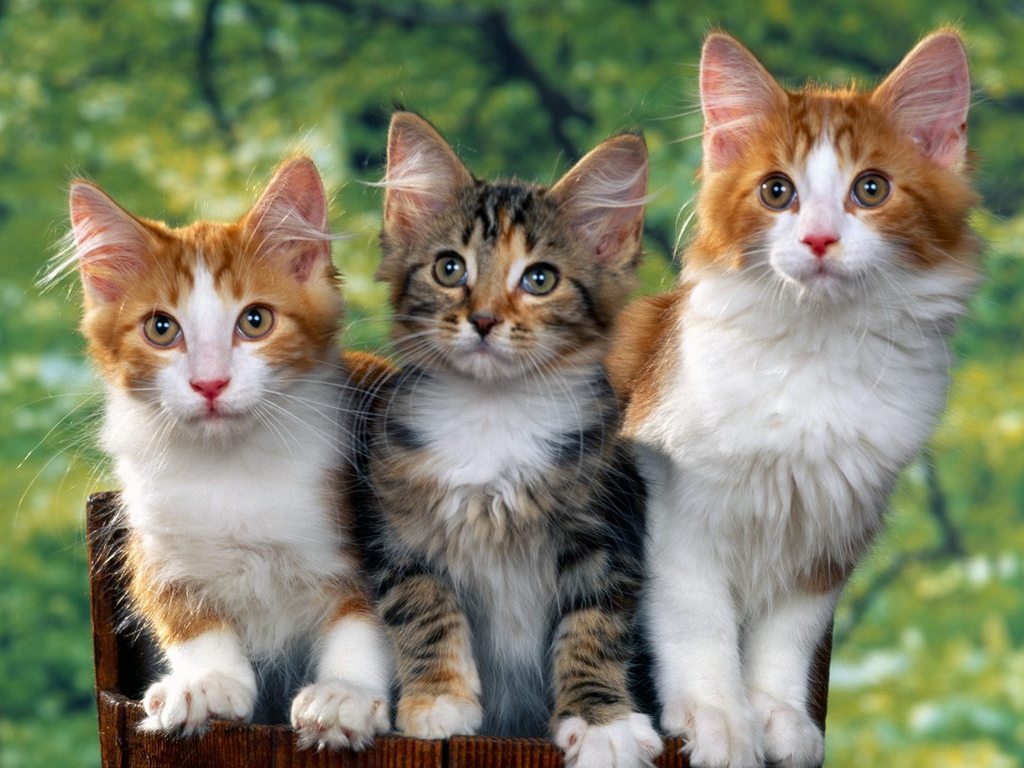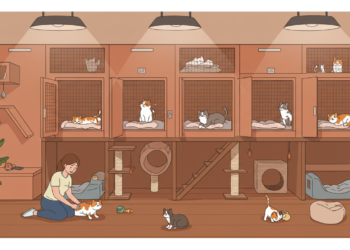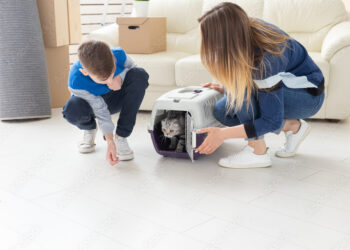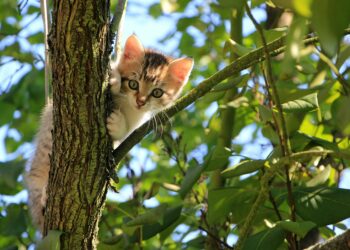The cat is of course not a person. But if we observe the animal and follow it for a longer period of time, then we must come to the conclusion that it is a great miracle what the animal can do and how he or she uses the senses optimally to make life so pleasant. possible for themselves. A cat also shows many ‘human’ traits, such as showing emotions and expressing will with clever tactics.
Before we start, you must have a cat at home to relate to what we are saying. However, if you don’t have a cat, you can simply follow a few famous cats on Instagram and use them as references while reading through this article.
The Birth of Kittens
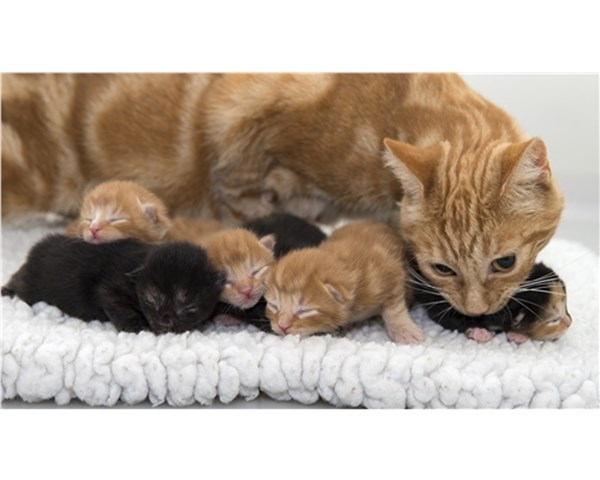
When a mother-cat gives birth after a pregnancy of about 9 weeks, it usually concerns a litter of four kittens, as young kittens are called. They are completely helpless at birth (blind and deaf) and without the mother cat they would be doomed.
But luckily, the mother-cat has such a strong maternal instinct that she is able to successfully raise the four little kittens into young animals, who can ultimately manage themselves well in a world that is not always friendly. is for a relatively small animal like the cat.
From kitten to adulthood
While it takes humans 21 years to grow from infant to adult, this process takes about one year for cats. This is of course not so surprising when we consider that there are naturally many dangers lurking, which means that the time between a dependent kitten and an adult, the independent cat should be as short as possible. In the first year of life it is therefore extremely important that the kitten acquires all kinds of skills.
In the beginning, the mother-cat plays a decisive role: she teaches the kittens to be toilet trained, so that they relieve themselves in a special place. If the cat owner lives in a flat, that place will be the litter box.
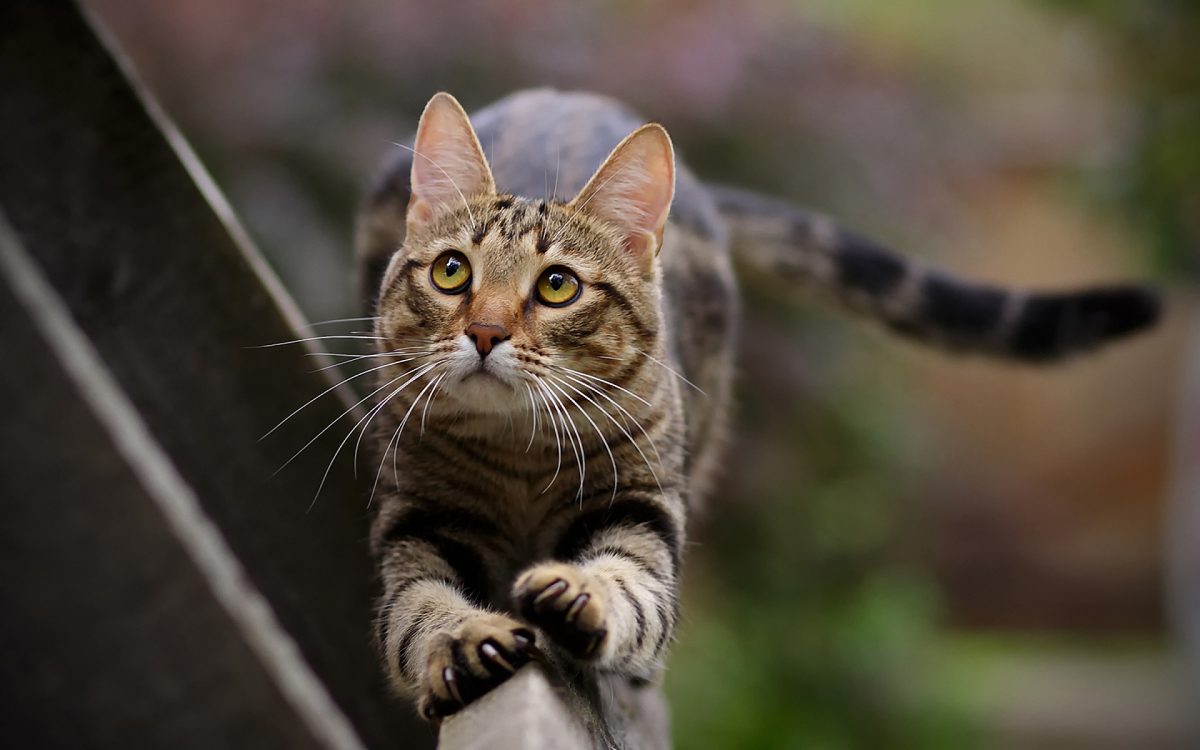
She also protects the kittens against all kinds of dangers, for example by taking them to another place, where they are safer. She then grabs them by the scruff of the neck, so that the little ones offer no resistance.
When the little ones are no longer with the mother cat (after at least 7 weeks), it is very important that the new owner pays enough time and attention to the animal he has taken into the house. In this way the kitten can develop further and grow into a fully-fledged cat individual, who knows what he or she wants, and from which the owner can derive a lot of pleasure and happiness.
Maturity
If a cat is properly cared for, he or she can live as long as 18-20 years. The period of adulthood is therefore much longer than the period as a kitten. However, it is true that from about 15 to 16 years we have to speak of the elderly cat.
Reading suggestions; Boy Cat Names; Find the Perfect Male Kitten Name
A cat who lives in a downstairs house with a yard will spend a lot of time outside and have all the space and play space it desires. A cat, on the other hand, who lives in an upstairs house or in a flat, will not be able to go outside, at most on a balcony, so the animal is forced to spend a lot of time in the house.
The owner will therefore have to come up with a number of alternatives that can serve as compensation because a cat needs the necessary distraction if he wants to continue to experience life as pleasant.
In addition to good nutrition, giving a lot of attention and love is essential for the quality of the animal’s life. In turn, we also receive a lot of gratitude and affection in return, because a cat is very aware of the fact that his master or mistress cares about him very much.
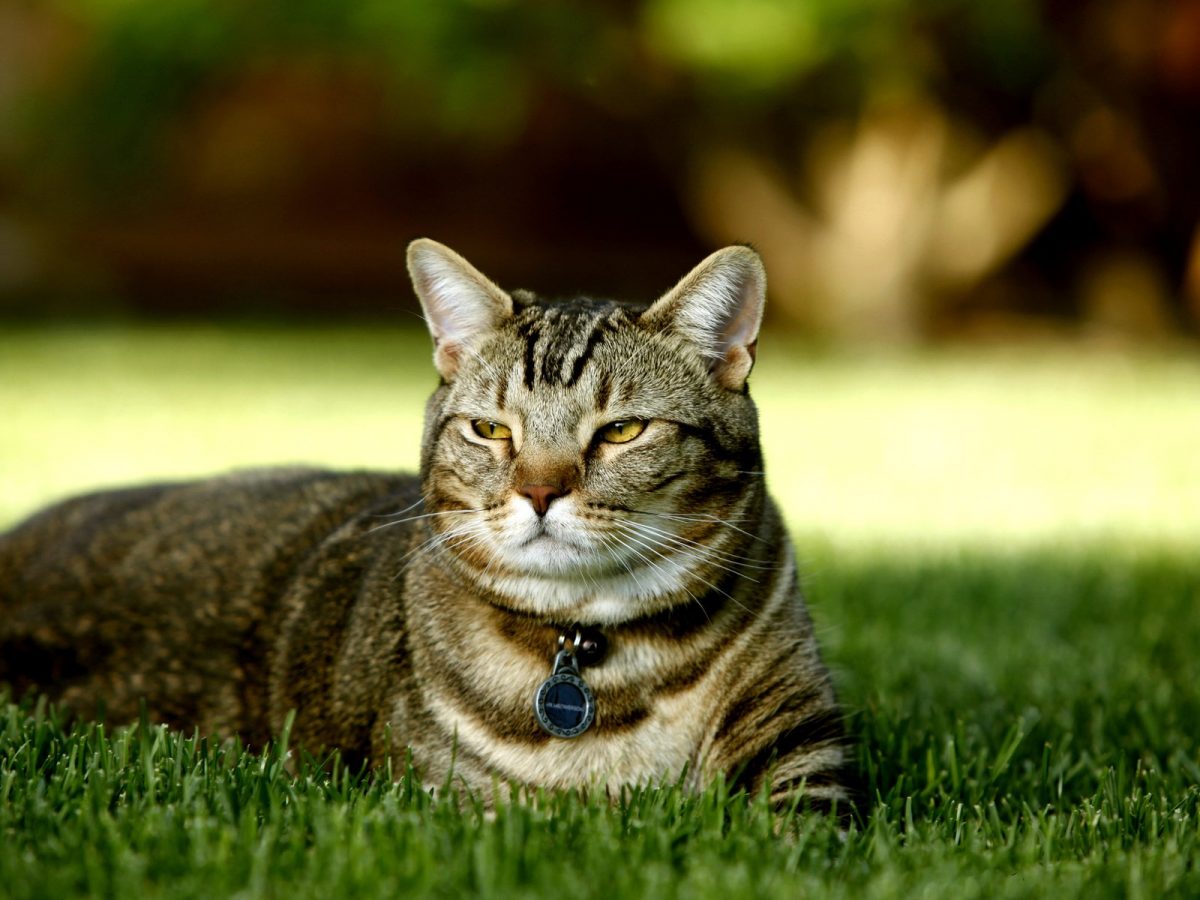
In all kinds of ways, it is indicated that the cat is grateful for all the good things he gets: he sits on your lap, he purrs, he strokes your legs, he licks your hand, fingers or sometimes even your face. And he often comes to sleep with you, as a sign of intimacy.
Reading Suggestion: British Longhair – All You Need to Know About British Longhair Cat
The elderly cat
Just like in humans, we also see a kind of deterioration process in cats, although this only becomes visible quite late. When the cat has reached the age of about 15-16 years, we can still notice that certain abilities start to decrease, such as vision, hearing, balance and the retention of urine and stools.
A bladder infection is also common and the appetite can also decrease to such an extent that the animal practically no longer eats. This is usually a sign that it won’t be too long before the end comes. It is of course very sad to see that the animal no longer enjoys life and sometimes has to suffer. We usually go to the vet to give the animal an injection, which saves further suffering.


